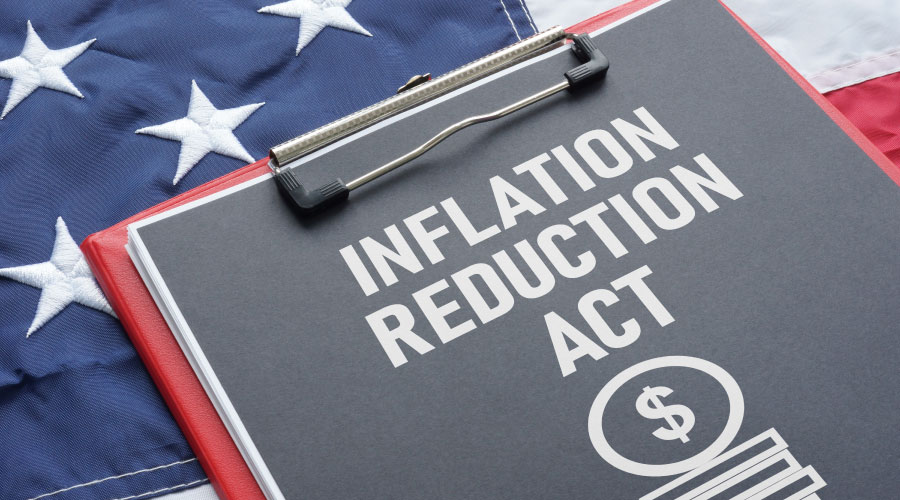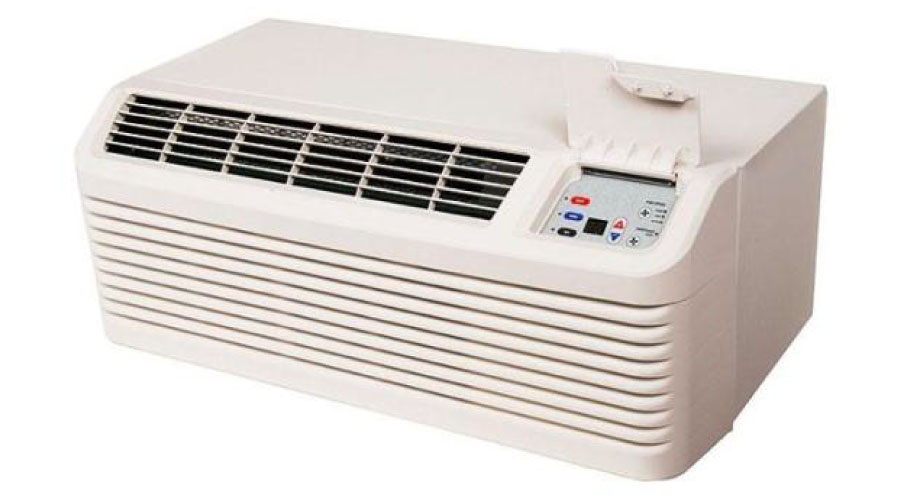
Inflation Reducation Act: One Year Later
Renewable energy leader discusses climate bill’s impact on facilities. August 23, 2023
By Dave Lubach, Executive Editor
August 16 marked the one-year anniversary of signing into law the Inflation Reduction Act (IRA), President Biden’s $369 billion climate and clean energy bill, hailed as the largest climate bill in U.S. history.
The IRA money gives institutional and commercial facility managers and building owners a unique opportunity to upgrade HVAC systems and take on additional energy-efficiency projects that help facilities reach decarbonization goals.
An American Council on Renewable Energy (ACORE) survey of investors and developers revealed that because of the IRA’s clean energy tax platform developers are planning to boost their renewable activity this year and that 80 percent of investors anticipate increasing their U.S. investment by 5 percent or more, according to an ACORE press release.
On the anniversary of the IRA, Greg Wetstone, the president and CEO of ACORE, answered some questions from facilitiesnet about the impact the bill is having on institutional and commercial facilities.
FacilitiesNet: How has the IRA been utilized by institutions like school districts, universities, municipalities and state governments?
Wetstone: Historically, governmental and tax-exempt organizations have been unable to utilize renewable energy credits administered at the federal level. Now, thanks to the IRA, school districts, institutions of higher education, municipalities, state and tribal governments, and other nonprofit organizations can access new and expanded renewable energy tax incentives for the first time. The law’s elective pay option, more commonly known as direct pay, was designed to bring new entrants into this market and by design allows these institutions to receive a direct cash refund from the Internal Revenue Service (IRS) for projects spanning a wide variety of zero-emission technologies, with additional bonus amounts available to those sited in low-income communities or communities transitioning from economic reliance on fossil fuel activities.
FacilitiesNet: Have these facilities taken true advantage of these opportunities, since these funding opportunities are so unique and rare?
Wetstone: The elective pay option is poised to catalyze nonprofit sector participation in the renewable energy transition, but final regulations from the Treasury Department will be critical to providing the level of certainty that users of this mechanism will need, particularly for first-time participants in the market for renewable energy credits. Therefore, the benefits of elective pay for educational, municipal, and other nonprofit entities are not yet being fully realized.
FacilitiesNet: What do facility managers need to know about the IRA to take full advantage of it?
Wetstone: While we await final regulations, we would note that the IRS has published temporary regulations establishing a mandatory pre-filing registration process for elective pay claims, which will help to more expediently distribute cash refunds. During that process, stakeholders can expect to receive an individual registration number after electronically submitting basic information about their project, organization, and credits they wish to earn. More information on pre-filing registration is anticipated from the Treasury Department by late 2023.
Dave Lubach is executive editor for the facilities market.
Next
Read next on FacilitiesNet












